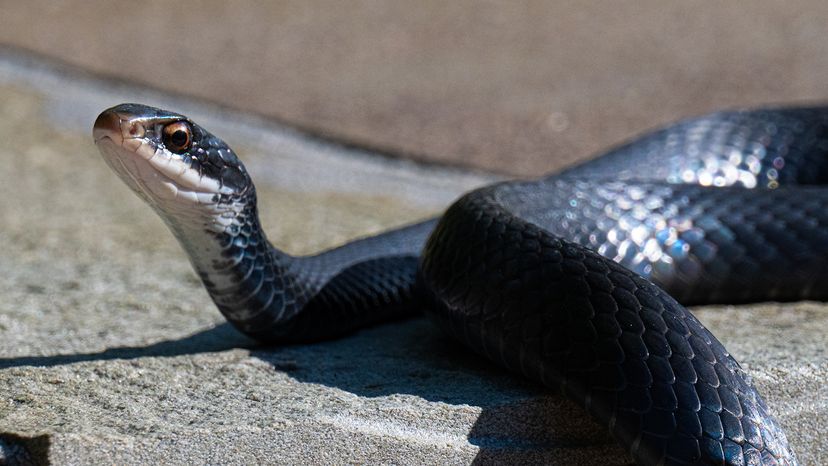
The racer snake is sleek and swift. Despite their sometimes intimidating speed, mostly harmless to humans. You may confuse racers for other snakes because of their color, but they have unique behaviors and characteristics that make them stand out.
Part of the Coluber constrictor family, they’re not constrictors despite their name. Instead, they use quick strikes to capture their meals. These snakes come in various colors depending on the region — some are blue, others black or greenish, but all share the same speedy, slender bodies.
Advertisement
The North American racer is a catch-all name for the different racer snake species in the U.S. and parts of Canada. North American racers occupy a wide range of habitats, from forests to grasslands, and have an active hunting style.